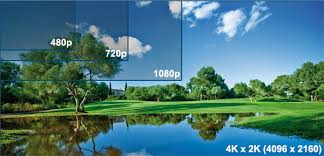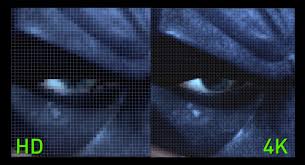Obviously the 8 plus has bigger a 5.5 inch screen vs a 4.7 inch screen on the regular 8... but I still was curious exactly how much more screen real estate I was getting. I came across this article which said the following:
88% more viewing area for only a 0.8 inch increase diagonally? Really?
Got me curious on how they did the math. Was a pain in the butt to find anything on google that actually gave the height and width of the screen itself but eventually I found this one to do the following math below:


You get 88 percent more viewing area with the Plus, which is obviously better for playing games and watching videos, and helps when attempting work tasks on your phone.
88% more viewing area for only a 0.8 inch increase diagonally? Really?
Got me curious on how they did the math. Was a pain in the butt to find anything on google that actually gave the height and width of the screen itself but eventually I found this one to do the following math below:

- 104mm x 58mm = 6032mm total area for the 6
- 122mm x 68mm = 8296mm total area for the 6 plus
- 6032mm - 8296mm= difference of 2264mm between the 6 and 6 plus
- 2264mm / 6032mm = 37.5% bigger size for the 6 plus right? If so then how are they coming up with the 88% more viewing area above?



